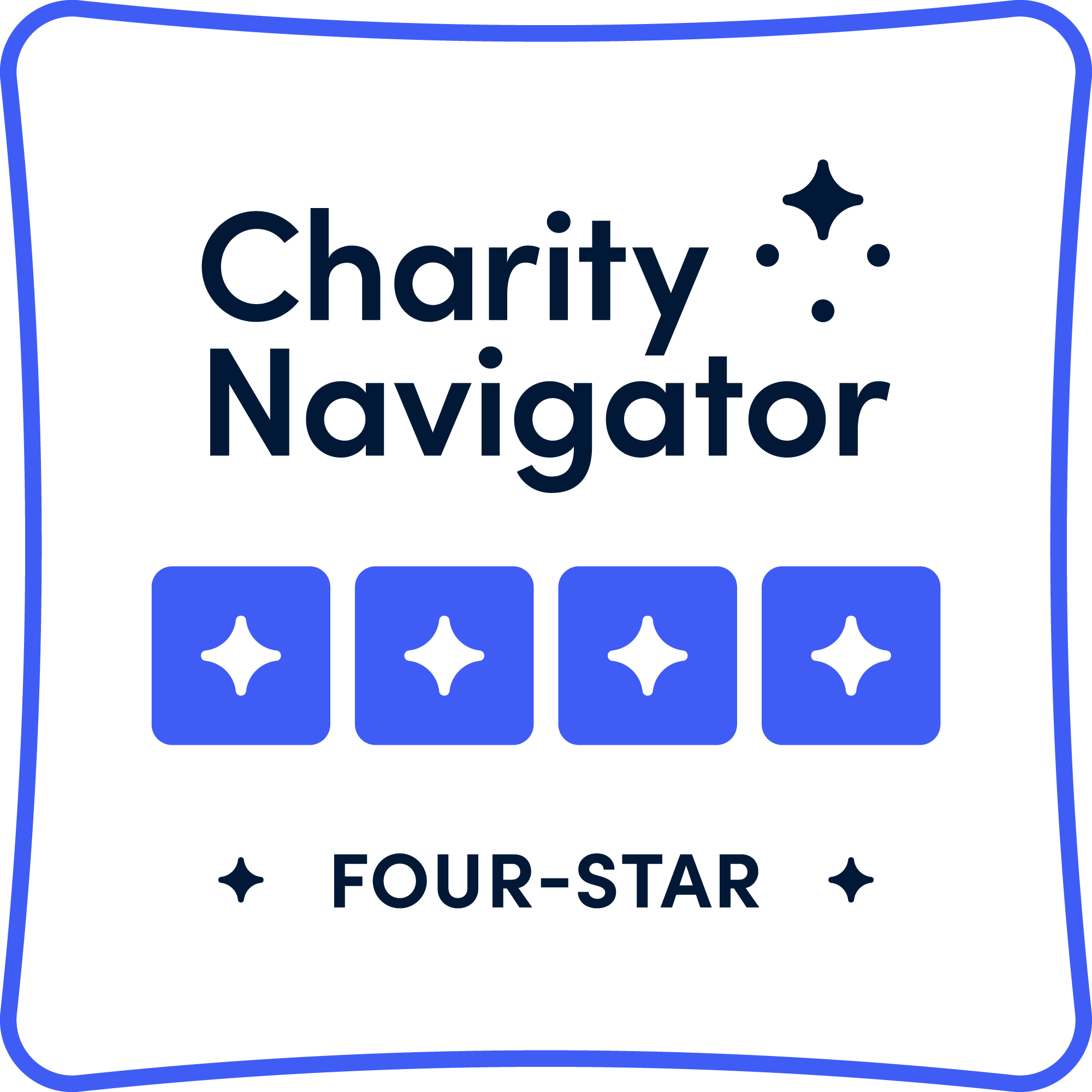Sea Turtle Researcher Wades into Instagram for Data
October 24, 2022

In 2020, Alana Leitão was excited to start her research on sea turtles. She's a PhD student at the Federal University of Pernambuco in Brazil. But she had a problem. COVID-19 meant she couldn't join any research trips. So she turned to Instagram.
Leitão was focusing on how sea turtles made use of shipwrecks. There are tons off the coast of Pernambuco. She looked on Instagram to see if the sea turtles were active around the wrecks. She found thousands of photos taken by tourists between 2010 and 2020.
“We evaluated if such images could be used as a data source for surveying sea turtles in shipwrecks and assessing diver-sea turtle interactions,” Leitão said in her study.
Leitão’s research resulted in both good and bad news. The photos showed that some species of sea turtle made use of wrecks to feed and take shelter. The wrecks attract some of the turtles’ favorite foods. So, they were able to forage there.
The photos, though, also showed a worrying trend. Many tourists were not happy just taking a picture of a sea turtle. She found “four types of diver-turtle interactions from videos: ‘abrupt approach, chase, touch, and pose’,” wrote Leitão. Some of the turtles showed signs of stress as a result of the contact with humans.
Leitão concluded that “Instagram is a useful complementary tool that can aid in the surveillance of sea turtles in shipwrecks.” She hopes that further education and more rules can help protect both the turtles and the wrecks they rely on.
Photo by Kris-Mikael Krister courtesy of Unsplash.





